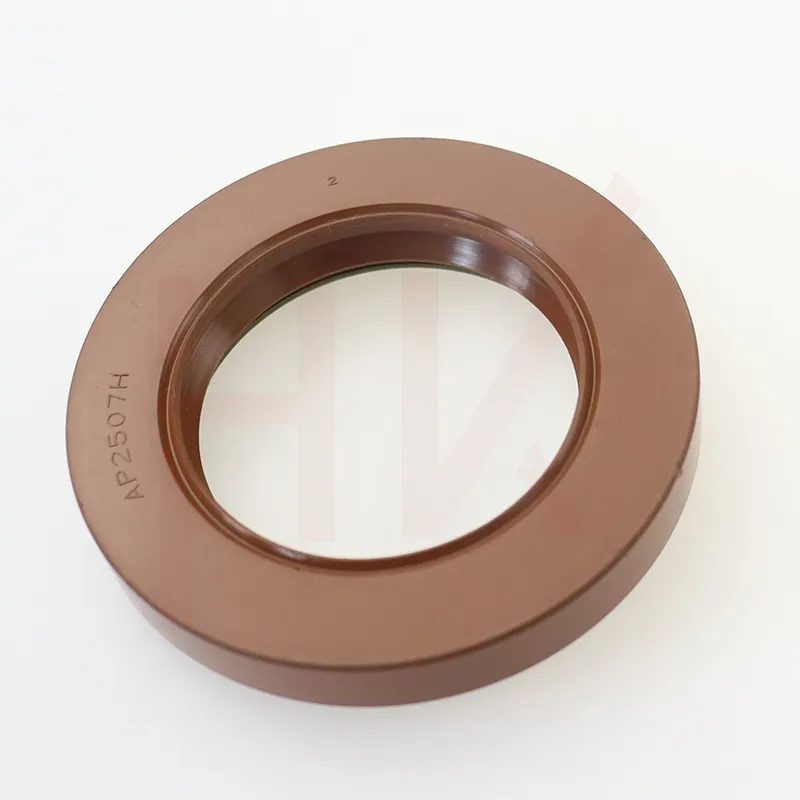dec . 11, 2024 23:17 Back to list
hydraulic motor seals
Understanding Hydraulic Motor Seals Essential Components for Optimal Performance
Hydraulic motors are pivotal in various industrial applications, providing precise motion control and reliable power transmission. A significant aspect of hydraulic motors is the seals that ensure optimal performance. These seals play a crucial role in preventing fluid leakage, maintaining pressure, and ensuring the longevity of the motor. In this article, we will delve into the function, types, materials, and maintenance of hydraulic motor seals.
The Function of Hydraulic Motor Seals
The primary function of hydraulic motor seals is to create a barrier between different components within the hydraulic system. They serve several key roles
1. Prevent Fluid Leakage Seals prevent hydraulic fluids from leaking out of the motor, which is essential for maintaining system efficiency.
2. Maintain Pressure By sealing gaps, they help maintain the necessary pressure within the hydraulic system, allowing for optimal motor performance.
3. Protect Against Contaminants Seals also protect the internal components from dirt, dust, and other contaminants, which can lead to wear and component failure.
4. Reduce Friction Certain seals are designed to minimize friction between moving parts, enhancing the overall efficiency of the hydraulic motor.
Types of Hydraulic Motor Seals
Several types of seals are commonly used in hydraulic motors, each designed to meet specific operational demands
1. O-Rings These are circular seals made of elastomeric materials. They are versatile and used in various applications due to their simple design and effectiveness in preventing leaks.
2. U-Cups U-Cups are designed to provide superior sealing under pressure, making them suitable for dynamic applications in hydraulic motors.
3. Lip Seals These seals have a flexible lip that presses against the shaft or housing, providing an effective barrier to fluids while allowing for some axial movement.
4. Rod Seals and Piston Seals These are designed specifically for hydraulic cylinders, preventing fluid from escaping at the rod or piston interfaces.
hydraulic motor seals

5. Backup Rings Often used in conjunction with O-rings, backup rings help prevent extrusion and prolong the life of the primary seal.
Materials Used in Hydraulic Motor Seals
The choice of material for hydraulic motor seals is critical for ensuring durability and performance. Common materials include
1. Nitrile Rubber (NBR) One of the most widely used materials, NBR is resistant to oil and has good wear resistance, making it suitable for many hydraulic applications.
2. Polyurethane (PU) Known for its high abrasion resistance, polyurethane is often used in dynamic applications, providing excellent durability.
3. Fluorocarbon (Viton) This material offers exceptional chemical resistance and is suitable for high-temperature applications, although it is generally more expensive than other options.
4. PTFE (Teflon) PTFE seals are superior in terms of chemical resistance and can operate under extreme temperatures, making them ideal for demanding environments.
Maintenance and Replacement of Hydraulic Motor Seals
To ensure the longevity of hydraulic motors, proper maintenance of seals is essential. Regular inspections should be conducted to check for signs of wear, such as cracks, cuts, or swelling. If any damage is observed, immediate replacement is crucial to prevent fluid leaks and maintain system efficiency.
When replacing seals, it is vital to comply with the manufacturer's specifications regarding size, material, and installation procedures. Using the correct tools and techniques during installation can prevent damage to the new seals and ensure a proper fit.
Hydraulic motor seals should also be cleaned regularly to remove contaminants that could lead to premature wear. Lubricating the seals during installation can also enhance performance and longevity by reducing friction against other components.
Conclusion
In summary, hydraulic motor seals are essential for the efficient operation and longevity of hydraulic systems. Understanding their functions, types, materials, and maintenance requirements will help users select the appropriate seals for their specific applications and ensure optimal motor performance. By prioritizing seal maintenance and replacement, industries can mitigate the risk of downtime and enhance the overall efficiency of their hydraulic systems.
-
The Trans-formative Journey of Wheel Hub Oil Seals
NewsJun.06,2025
-
Graphene-Enhanced Oil Seals: Revolutionizing High-Pressure Oil Sealing
NewsJun.06,2025
-
Future of Hydraulic Sealing: Advanced Intelligent TCN Oil Seals
NewsJun.06,2025
-
Don’t Let a Broken TCV Oil Seal Ruin Your Day
NewsJun.06,2025
-
Bio-Inspired Dust Seals for Better Sealing Performance
NewsJun.06,2025
-
Biodegradable and Sustainable Hydraulic Seal Materials
NewsJun.06,2025
-
Top Oil Seal Solutions for Your Industrial Needs
NewsMay.22,2025
Products categories
















